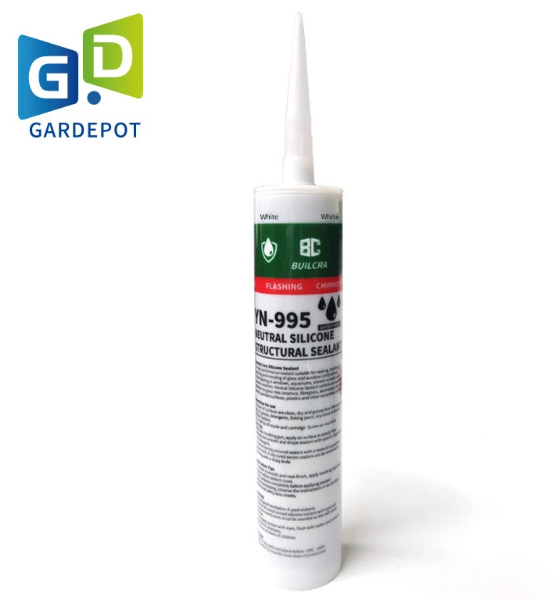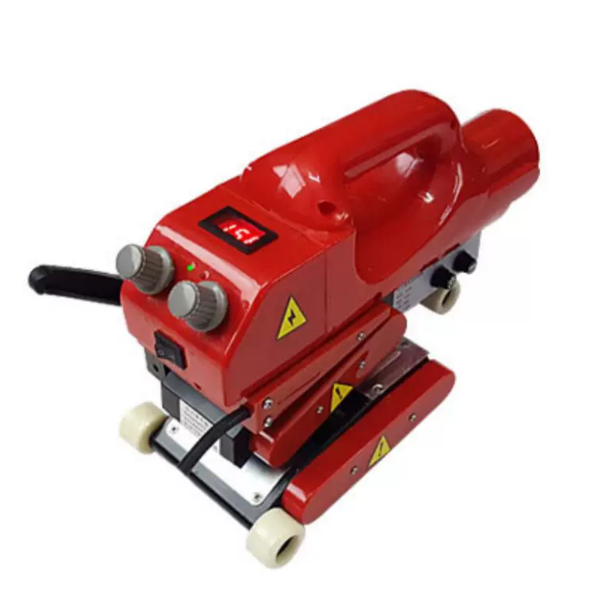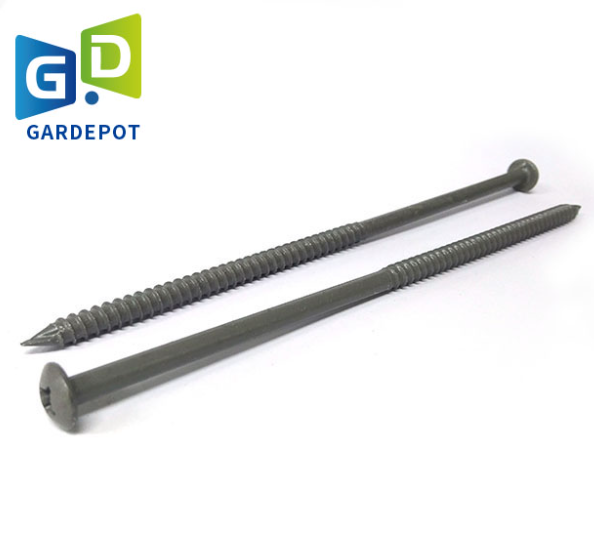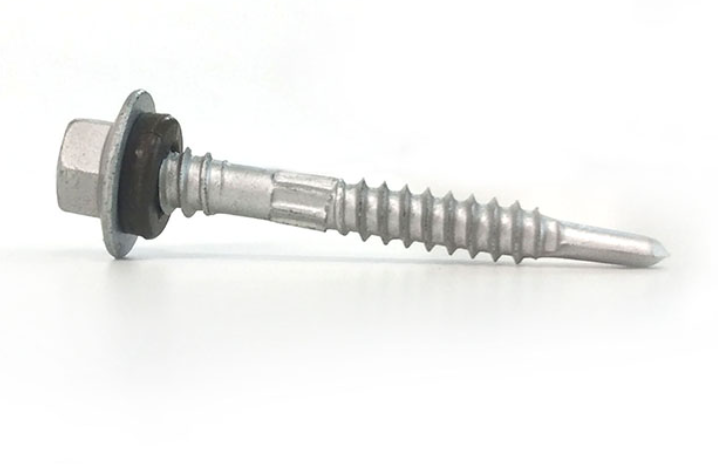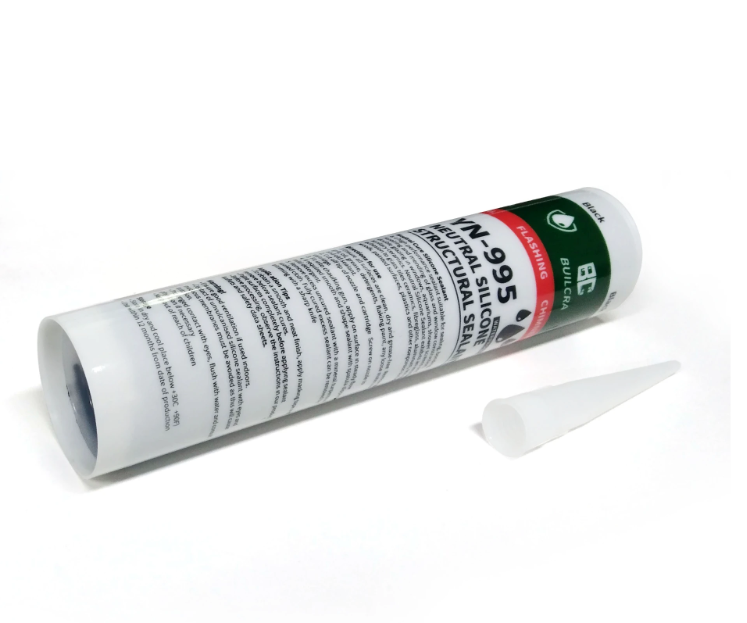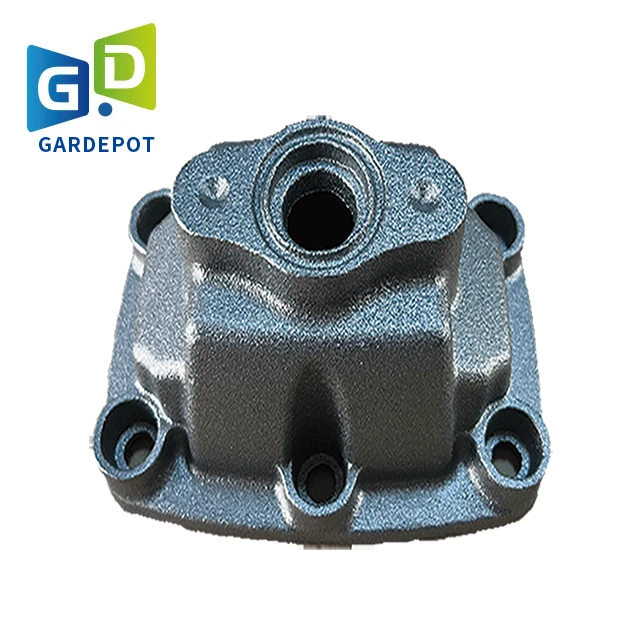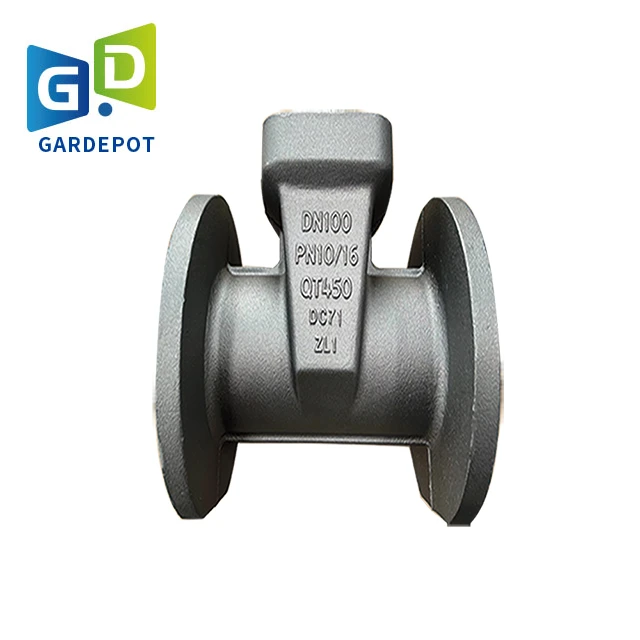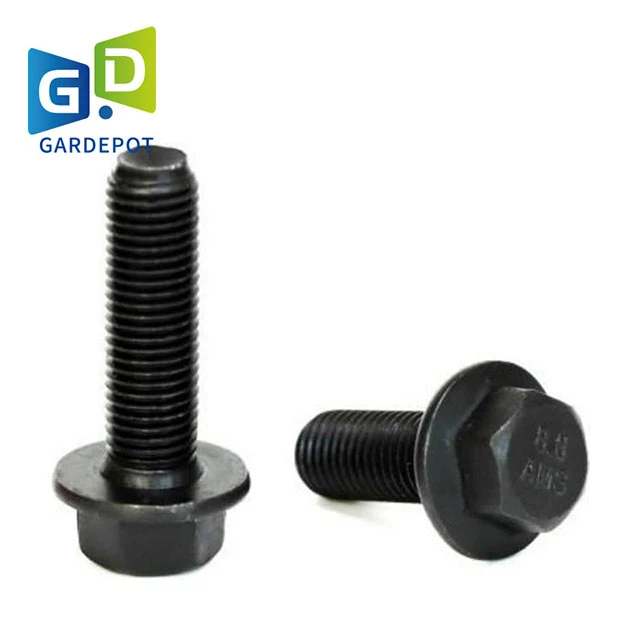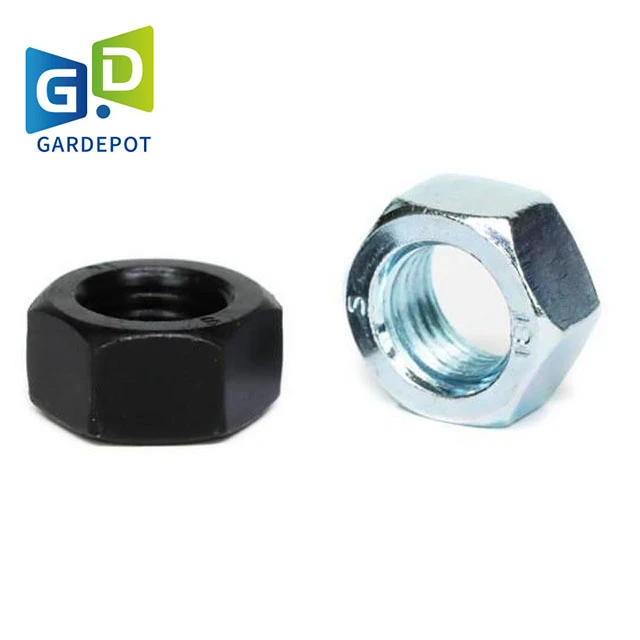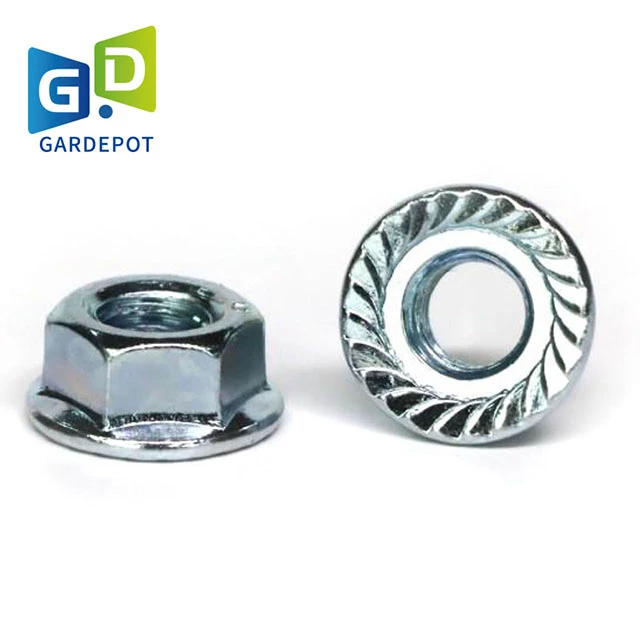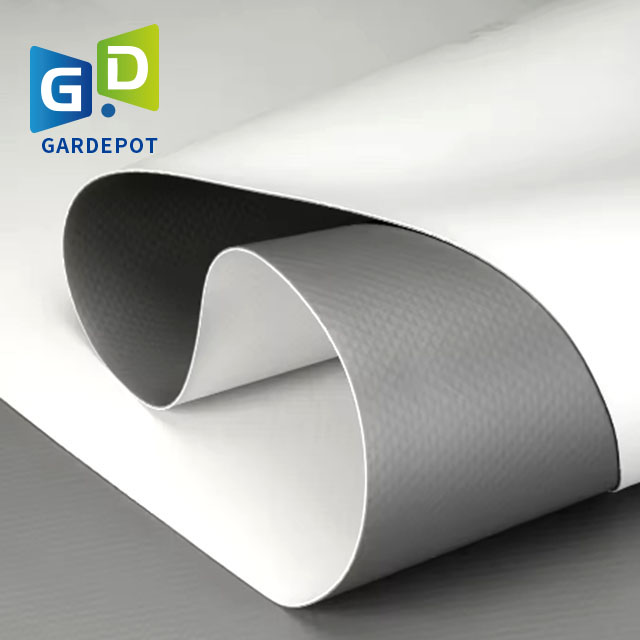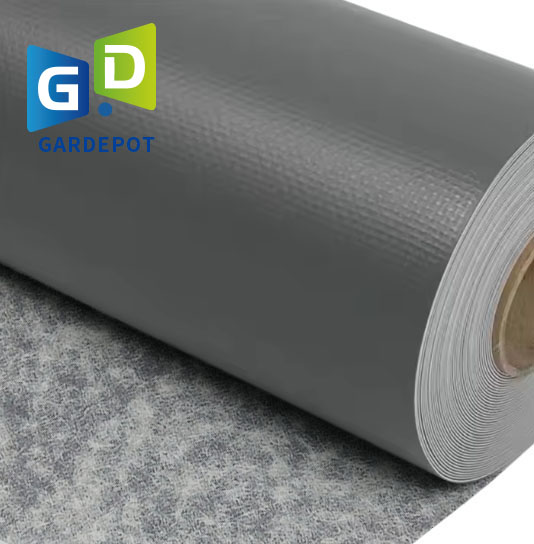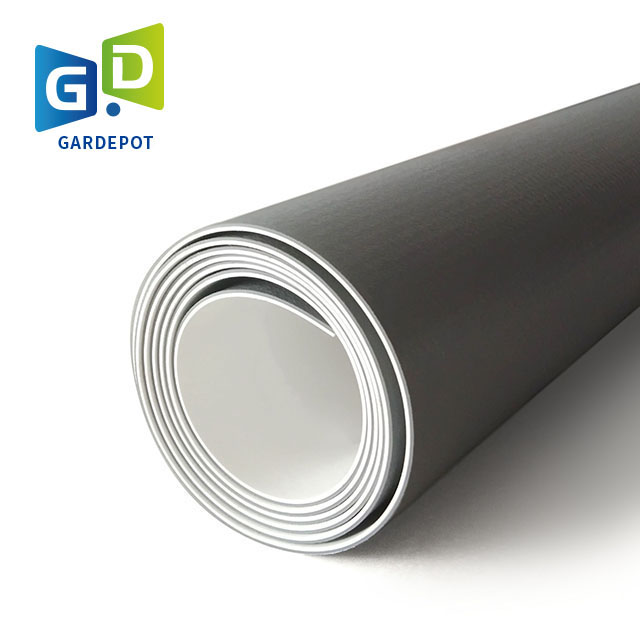Stainless Steel Electrodes E316l-16 are low carbon
The cornerstone of joining austenitic stainless steels in aggressive environments lies in selecting consumables engineered for maximum durability. Stainless Steel Electrodes E316l-16 represent the industry benchmark for applications demanding exceptional resistance to pitting, crevice corrosion, and intergranular attack, particularly in chloride-laden settings like marine, chemical processing, and pharmaceutical systems. Often interchangeably termed the e316l 16 welding rod, this electrode features a critical low-carbon composition combined with molybdenum enrichment, effectively preventing carbide precipitation during welding and ensuring the weld metal retains the base material's corrosion integrity. Understanding the operational nuances of the e316l electrode is paramount, as its rutile-based flux coating facilitates smooth all-position welding with easy slag removal, stable arc characteristics on DCEN (Direct Current Electrode Negative), and the deposition of X-ray quality welds with excellent bead appearance. These attributes make the Stainless Steel Electrodes E316l-16 indispensable for fabricating heat exchangers, reactor vessels, offshore platforms, desalination equipment, and food processing machinery where failure from corrosion is catastrophic.
Unlocking the Metallurgical Superiority of Stainless Steel Electrodes E316l-16
Stainless Steel Electrodes E316l-16 derive their exceptional performance from precise alloy chemistry and flux design. The core wire composition mirrors AISI 316L stainless steel, featuring approximately 18% chromium, 12% nickel, and 2.5% molybdenum, with carbon rigorously controlled below 0.03%. This low carbon content is crucial; it minimizes the risk of chromium carbide formation along grain boundaries during the critical 800°F–1500°F temperature range, thereby preventing sensitization and subsequent intergranular corrosion. The addition of molybdenum significantly enhances resistance to pitting and crevice corrosion in chloride ion environments, a key advantage over standard 304/308 alloys. The rutile (titanium dioxide) based flux coating on the e316l 16 welding rod provides exceptional arc stability, facilitates easy restarts, produces a smooth weld bead profile with minimal spatter, and forms a self-releasing slag that detaches cleanly. This flux also contributes deoxidizers like silicon and manganese, aiding weld pool fluidity and gas escape, ensuring sound, porosity-free deposits essential for pressure containment and sanitary applications. Proper utilization of the e316l electrode guarantees the weld metal meets or exceeds the corrosion resistance of the base 316L material, maintaining system integrity under prolonged exposure to acids, salt solutions, and elevated temperatures.
Optimizing Welding Techniques for the e316l 16 welding rod
Achieving flawless results with the e316l 16 welding rod demands strict adherence to specialized welding procedures. Maintaining a very short arc length is non-negotiable; this prevents atmospheric contamination (nitrogen pickup causing porosity or loss of corrosion resistance) and ensures precise control over the fluid weld pool, especially critical during vertical-up and overhead welding. Use Direct Current Electrode Negative (DCEN) polarity exclusively; reverse polarity (DCEP) causes excessive heat buildup in the electrode, leading to flux overheating, instability, and poor slag coverage. Meticulous base metal preparation is essential: remove all oil, grease, paint, scale, and moisture using dedicated stainless steel brushes to prevent carbon contamination and inclusions. Control inter pass temperature rigorously, keeping it below 300°F (150°C) using temperature-indicating crayons; excessive heat input degrades corrosion resistance and promotes distortion. Employ stringer beads rather than wide weaving to minimize heat concentration and maintain the necessary fast cooling rate. Post-weld cleaning is vital: remove all slag residues and heat tint using stainless steel wire brushes or appropriate pickling pastes to restore the passive oxide layer critical for corrosion protection when using the Stainless Steel Electrodes E316l-16.
Decoding Specifications and Compliance for the e316l electrode
The designation e316l electrode follows the American Welding Society classification system, providing critical information about its capabilities. Breaking down "E316L-16": "E" signifies an electrode; "316" identifies the primary alloy type (chromium-nickel-molybdenum stainless); "L" denotes low carbon content (<0.03%); "16" indicates the flux coating type (rutile, suitable for all positions) and the usable welding current (DCEN). This classification ensures compliance with AWS A5.4 standards, guaranteeing minimum mechanical properties (tensile strength ~85ksi, elongation ~30%) and chemical composition. The e316l electrode meets stringent requirements for depositing weld metal resistant to intergranular corrosion without post-weld heat treatment. Certifications like ASME SFA-5.4 and PED/EN ISO 3581-A further validate its use in pressure equipment and European markets. Understanding traceability is crucial: certified mill test reports confirm chemical analysis and mechanical test results for each batch of Stainless Steel Electrodes E316l-16, providing documented assurance for quality-critical applications in nuclear, pharmaceutical, or cryogenic service where weld integrity directly impacts safety and operational lifespan.
Troubleshooting Common Challenges with Stainless Steel Electrodes E316l-16
Even experienced welders encounter issues when using Stainless Steel Electrodes E316l-16, often resolvable through procedural adjustments. Porosity manifests as surface or subsurface holes, typically caused by excessive arc length, moisture-contaminated electrodes, or inadequate gas protection from the flux; ensure strict storage in original packaging with desiccants and rebake rods if exposed to high humidity. Cracking, particularly hot cracking, arises from high restraint, excessive heat input, or contamination; strictly control interpass temperature, minimize joint restraint where possible, and guarantee impeccable base metal cleanliness. Poor slag detachment indicates incorrect amperage (too low) or travel speed (too slow); adjust parameters within the recommended range for the specific rod diameter and position. Difficulty maintaining arc stability often stems from using DCEP polarity or excessively long arc lengths; switch to DCEN and shorten the arc. Excessive heat tint (blue/gold oxides) signifies inadequate post-weld cleaning or too slow cooling; improve cleaning protocols immediately after welding ceases. Recognizing these failure modes specific to the e316l 16 welding rod enables rapid correction, preserving weld quality and corrosion performance.
FAQS about Essential Insights on Stainless Steel Electrodes E316l-16
Why must the e316l electrode use DCEN polarity exclusively?
Using e316l electrode on DCEN concentrates approximately two-thirds of the heat into the workpiece, ensuring proper fusion and penetration while preventing overheating and degradation of the rutile flux coating which occurs rapidly on DCEP.
Can Stainless Steel Electrodes E316l-16 weld dissimilar metals like carbon steel?
While technically possible, using Stainless Steel Electrodes E316l-16 directly on carbon steel risks carbon migration into the weld, causing embrittlement and corrosion failure; butter the carbon steel first with a compatible nickel alloy electrode.
What is the maximum interpass temperature for the e316l 16 welding rod?
Maintain interpass temperatures below 300°F for the e316l 16 welding rod; exceeding this accelerates sensitization risk and reduces corrosion resistance in the heat-affected zone.
Does the e316l electrode require post-weld heat treatment?
The e316l electrode generally does not require post-weld heat treatment due to its low-carbon design preventing sensitization; PWHT can sometimes be detrimental for corrosion resistance.
How should unused Stainless Steel Electrodes E316l-16 be stored?
Store opened packs of Stainless Steel Electrodes E316l-16 in a holding oven at 250°F–300°F; unopened packages should remain in dry storage below 50% relative humidity.
Engineer Uncompromised Corrosion Resistance with Our Premium Consumables.Achieving leak-proof, long-lasting welds in hostile environments demands consumables of unmatched purity and performance. We manufacture certified Stainless Steel Electrodes E316l-16 under rigorous quality systems, guaranteeing precise alloy chemistry, flawless flux adhesion, and batch-to-batch consistency exceeding AWS A5.4 and ASME SFA-5.4 specifications. Our e316l 16 welding rod delivers exceptional arc stability on DCEN, effortless slag removal, and weld metal corrosion resistance matching 316L base metal, making it the definitive choice for critical chemical, marine, and pharmaceutical infrastructure. Whether fabricating new pressure vessels, repairing heat exchangers, or joining piping for desalination plants, trust our genuine e316l electrode for X-ray quality results every time. Our technical support team provides expert guidance on parameter optimization, procedure qualification, and troubleshooting complex applications. Explore our extensive inventory online or contact our specialists for project-specific recommendations. Invest in corrosion integrity; choose the proven reliability of our Stainless Steel Electrodes E316l-16 solutions. Partner with the leader in high-performance stainless welding consumables—where quality is fused into every electrode. Build with confidence, build with excellence, build with us.

